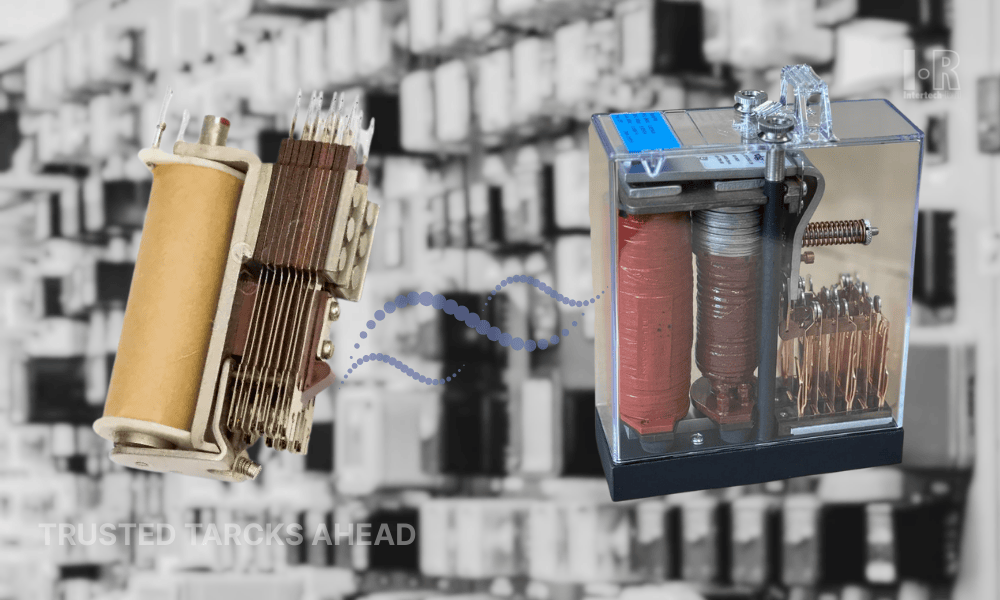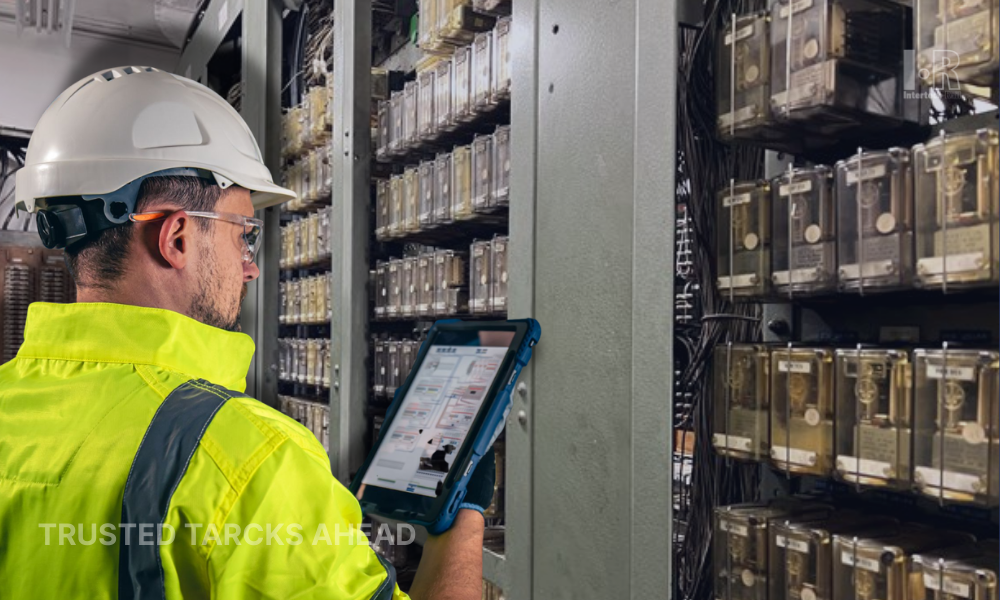Train Positioning System (TPS) using RFID System
RFID in Train Positioning Systems: A Brief Overview
Radio Frequency Identification (RFID) is a technology that has been increasingly utilized in various industries for tracking and identification purposes. One such application is for train positioning systems, which involves using RFID tags to monitor and locate trains in real-time. The usage of RFID for train positioning system offers many benefits, such as increased safety, efficiency, and accuracy.
RFID is a wireless technology that uses radio waves to transfer data from a tag or label to a reader. The tag contains a microchip that stores information, and an antenna that communicates with the reader. When the reader comes into proximity with the tag, it sends a signal to the tag, which responds with the information stored in its memory.
How RFID Works in Train Positioning
For train positioning, RFID tags are attached to the track at specific intervals. As the train passes over the tags, the onboard reader collects information about the train's position and transmits it to a central control system. This system then uses the information to determine the train's location and speed, and can adjust signals and track switches accordingly.
The Benefits of RFID
One of the major benefits of RFID for train positioning is increased safety. By accurately tracking the location and speed of trains, railway operators can prevent collisions and other accidents. The system can also detect anomalies, such as a train moving too fast or too slow, and alert operators to take appropriate action.
RFID for train positioning also improves efficiency. Traditional train positioning systems rely on manual data collection and communication, which can be time-consuming and error-prone. RFID automates the process, reducing the likelihood of mistakes and allowing operators to make faster and more informed decisions.
RFID Integration with Railway Systems
Accuracy is another advantage of RFID for train positioning. The technology can track trains with high precision, even in adverse weather conditions. This allows railway operators to better plan and manage train schedules, reducing delays and improving overall service reliability.
In addition, RFID tags are durable and require minimal maintenance, making them a cost-effective option for train positioning systems. The technology can also be easily integrated with other railway systems, such as signaling and control systems, for seamless operation.
Train Positioning system using RFID is an Intertech Rail main solution and it is largely used in
ATO (Automatic Train Operation) and
ATC (Automatic Train Control) in many Railways worldwide together in cooperation with major system players and Locomotive manufactures.




